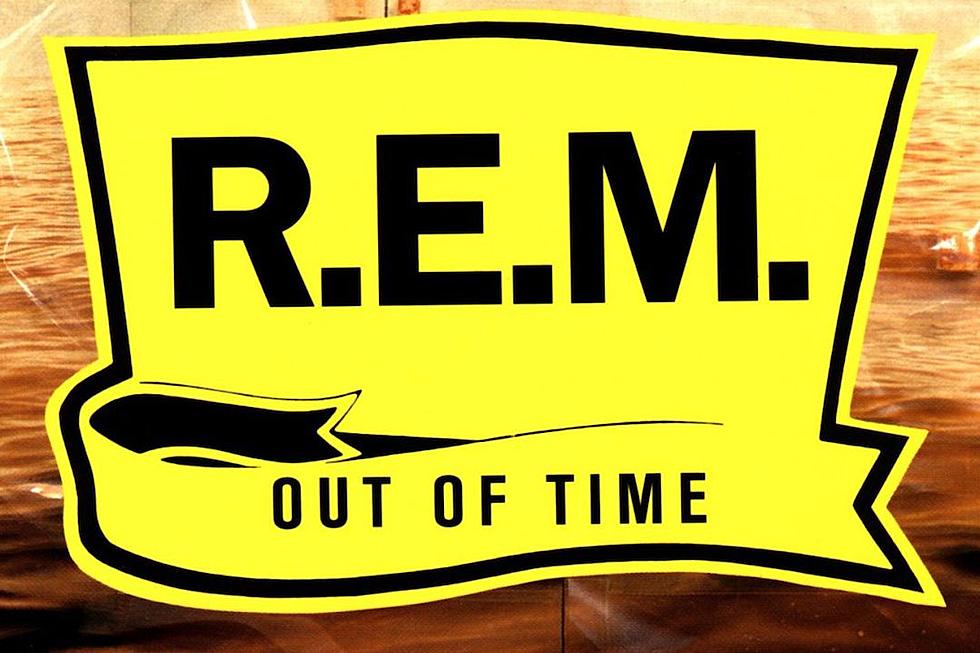How R.E.M. Began Their Second Era With ‘Green’
In 1988, after kicking around for more than five years as America’s indie-rock kings, R.E.M. finally decided to take advantage of their growing fan base, increased record sales and recent Top 10 hit.
They left the hip indie label I.R.S. Records for Warner Bros., a major record company that reportedly offered them around $10 million, and retreated to Memphis to begin working on the follow-up to Document, which spawned the group’s first hit single, "The One I Love."
The new record deal gave R.E.M. the opportunity to restart their career, and they knew it. They wanted to make a record that didn’t sound like the previous five. And in a way, Green – which was released in November 1988 – marks some significant shifts in the band’s style. For one thing, most of the songs are bigger and beefier, with Peter Buck’s usual guitar jangle replaced by ringing power riffs. And Michael Stipe, having grown more confident as a singer and lyricist since the Murmur era, sang in much clearer tones, even if his meanings were still occasionally obscured in art-school pretensions.
The songs themselves range from political ("Orange Crush") to self-referential ("Pop Song ‘89") to brutal ("Turn You Inside-Out") to just plain goofy but catchy ("Stand"). It’s a bit unfocused, and it doesn’t include any essential songs, but Green is an important album in R.E.M.’s career. Not just because it made them major players (the album stalled outside the Top 10, but "Stand" reached No. 6, becoming their biggest single up to that point), but also because it felt like a turning point to everyone involved.
In essence, it’s the start of the second great chapter in the band’s long history.
R.E.M. Albums Ranked
More From Diffuser.fm









